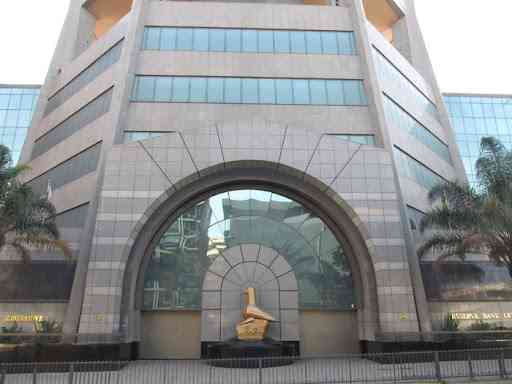
ZIMBABWE requires more than US$10 billion in long-term offshore financing to unlock its economic potential, the Bankers Association of Zimbabwe (BAZ) has said, highlighting urgent funding gaps in key sectors such as infrastructure, energy, and mining.
In an exclusive interview with businessdigest, BAZ president Sibongile Moyo said significant investment was needed to drive sustainable development and revive the country's struggling economy.
“Indeed, Zimbabwe requires significant long-term offshore credit to unlock its full economic potential,” Moyo said.
“While precise figures depend on project specifics and sectoral needs, our estimates suggest that upwards of US$10 billion would be necessary over the medium to long term to adequately finance critical infrastructure, energy, and mining projects.
“These sectors are capital intensive and a pillar of sustainable economic growth; therefore, energy generation alone may require funding of up to US$3 billion.”
Moyo revealed that discussions were underway with multilateral lenders and private investors to secure blended financing options, a strategy seen as essential to catalysing large-scale investment and stimulating economic recovery.
Her remarks come in the wake of African Development Bank (AfDB) outgoing president, Akinwumi Adesina’s recent disclosure during the bank’s annual meetings in Côte d’Ivoire last month that Zimbabwe requires US$2,6 billion in bridge financing to support its arrears clearance strategy.
Currently, Zimbabwe can only access concessional lending — a more favourable form of financing than market-rate loans, typically provided by development banks or donor governments.
- Banks exploring lending in forex
- Nedbank posts 311%
- Zimbabwe dollar loans rise
- Nedbank Zim profit jumps to ZW$164bn after revaluation
Keep Reading
These loans feature below-market interest rates, extended grace periods, or partial grants. Concessional lending is usually targeted at low-income countries to support development goals, whereas traditional lending is commercially-driven and based on a borrower’s credit risk.
Zimbabwe currently carries an external debt burden of US$12,2 billion, according to Treasury figures.
This includes US$676 million owed to the AfDB, US$1,6 billion to the World Bank, and US$425 million to the European Investment Bank (EIB).
Because of its history of sovereign defaults and the absence of a comprehensive arrears clearance plan, Zimbabwe faces high risk premiums and restricted access to international credit markets.
Global financial institutions remain hesitant to engage fully with the country.
“However, BAZ, in collaboration with the Reserve Bank of Zimbabwe and the Ministry of Finance, is engaged in ongoing efforts to rebuild confidence,” Moyo said.
“These include the current debt dialogue processes with the International Monetary Fund and World Bank, including the Arrears Clearance and Debt Resolution process, strengthening regulatory compliance and anti-money laundering frameworks, especially aligning with Financial Action Task Force recommendations.”
Moyo highlighted encouraging signs of progress, particularly through engagements with institutions such as the EIB, AfDB, and the Trade and Development Bank. Under the European Union’s lending programmes, funded by the EIB, Zimbabwean banks — including CABS, First Capital Bank Zimbabwe, Stanbic Bank Zimbabwe, and NMB Bank — have already accessed over US$100 million in financing.
Moyo emphasised that these developments were encouraging, signalling growing confidence in Zimbabwe’s financial sector.
She added that banks were actively collaborating with international partners to rebuild trust, showcasing the sector’s resilience and compliance.
At the same time, they are advocating for macroeconomic reforms to reduce risk perceptions and enhance Zimbabwe’s international creditworthiness.











